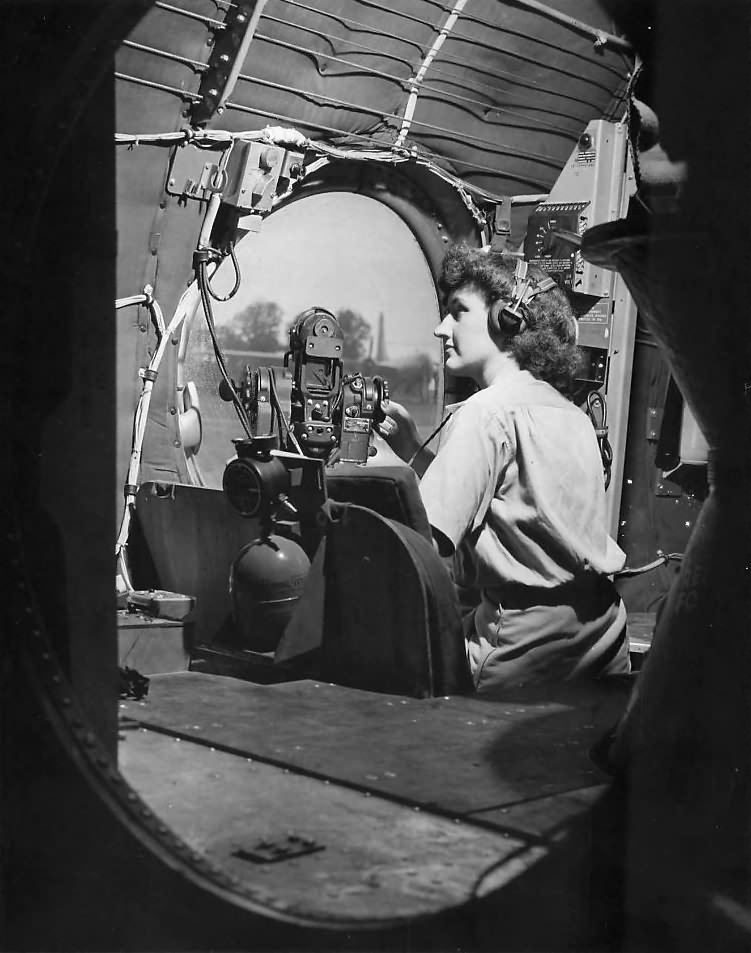How the B-29’s Defensive Armament Revolutionized Air Warfare
The B-29’s defensive armament revolutionized air warfare in several ways, primarily through its innovative Central Fire Control (CFC) system, remote-controlled turrets, and advanced radar systems. These technological advancements marked a significant departure from traditional bomber defense strategies and laid the groundwork for future developments in air combat.
Central Fire Control System
The B-29’s CFC system, a marvel of engineering for its time, represented a paradigm shift in bomber defense. This system employed analog computers to link the four remote-controlled turrets and the tail turret, allowing for coordinated and precise fire control. Gunners could track and engage enemy fighters with unprecedented accuracy using computerized gunsights, which automatically calculated factors like ballistics, parallax, and lead position. This level of automation and precision was revolutionary, enabling the B-29 to effectively defend itself against attacking fighters, potentially reducing the need for escort fighters.
Remote-Controlled Turrets
Another revolutionary aspect of the B-29’s defensive armament was its use of remote-controlled turrets. This innovation was driven by the need for aerodynamic efficiency, as manned turrets created significant drag, hindering speed and range. Remote-controlled turrets not only improved the aircraft’s performance but also provided a more stable platform for gunners, allowing them to engage targets at greater distances.
Advanced Radar Systems
The B-29 also featured advanced radar systems that enhanced its defensive capabilities. The AN/APG-15B radar fire control system, installed on B-29B models, automatically detected and fired upon approaching enemy aircraft. This system further automated the defensive process, reducing the workload on gunners and increasing the bomber’s ability to defend itself.
Effectiveness and Limitations
While the B-29’s defensive armament was formidable, it wasn’t without its limitations. Early models of the CFC system experienced mechanical glitches and failures, mirroring the engine problems that plagued the B-29’s early development. Despite the system’s sophistication, determined Japanese fighters still managed to inflict losses on B-29 formations.
Changing Tactics and the End of the Self-Defending Bomber
The effectiveness of the B-29’s defensive armament was further challenged by changing tactics. As the war progressed, the Japanese increasingly focused on head-on attacks against B-29s. To counter this, the forward dorsal turret was up-gunned to four .50-caliber machine guns, demonstrating the adaptability of the B-29’s armament system. However, the shift to low-altitude night bombing missions by General Curtis LeMay ultimately led to the removal of most of the B-29’s defensive armament. This tactical change, coupled with the development of faster and more heavily armed jet fighters, ultimately marked the end of the self-defending bomber concept.
The B-29’s defensive armament, with its CFC system, remote-controlled turrets, and advanced radar systems, was a significant technological leap that revolutionized bomber defense. While not always perfectly effective, it showcased the potential of automation and technology in air combat, paving the way for future advancements in air warfare. However, changing tactics and the evolution of fighter technology ultimately rendered the concept of the self-defending bomber obsolete.
